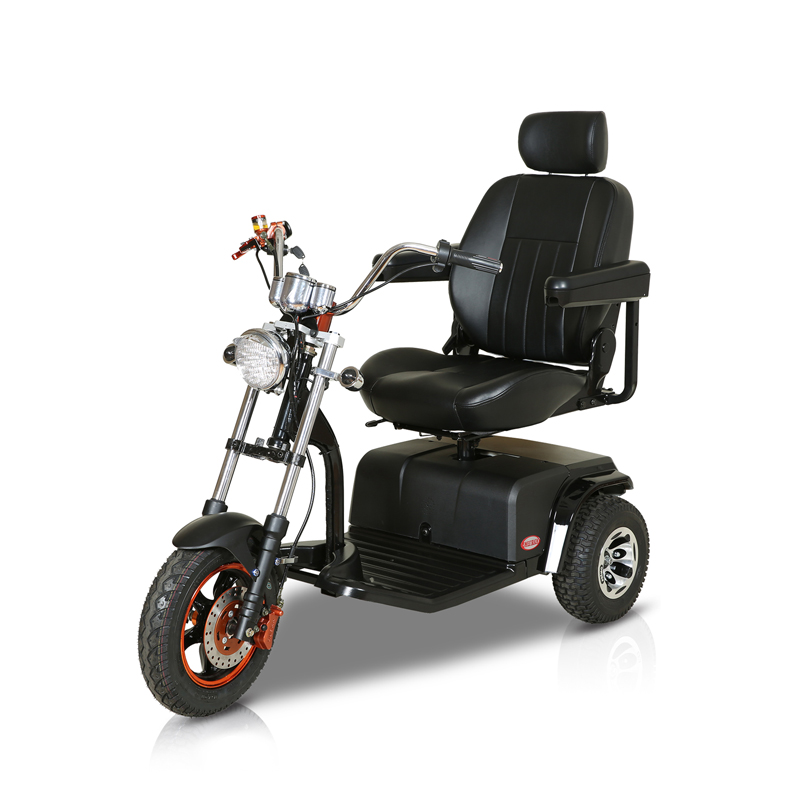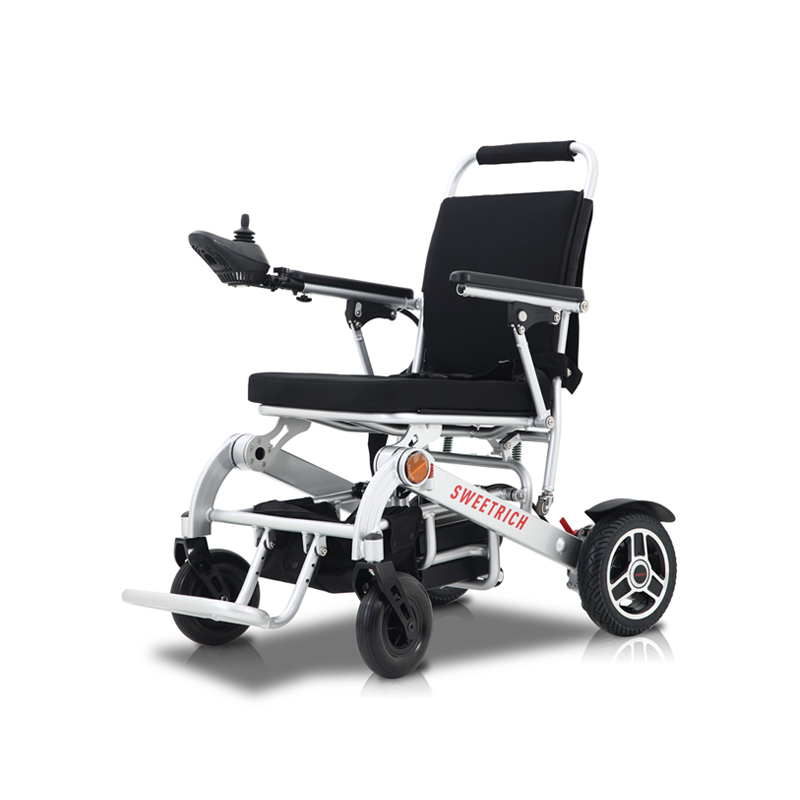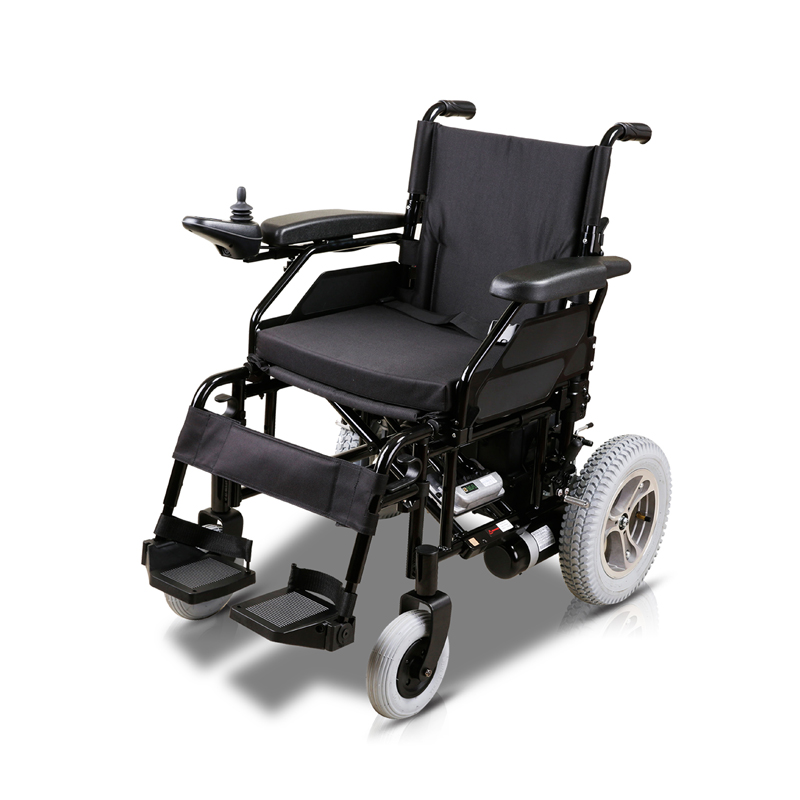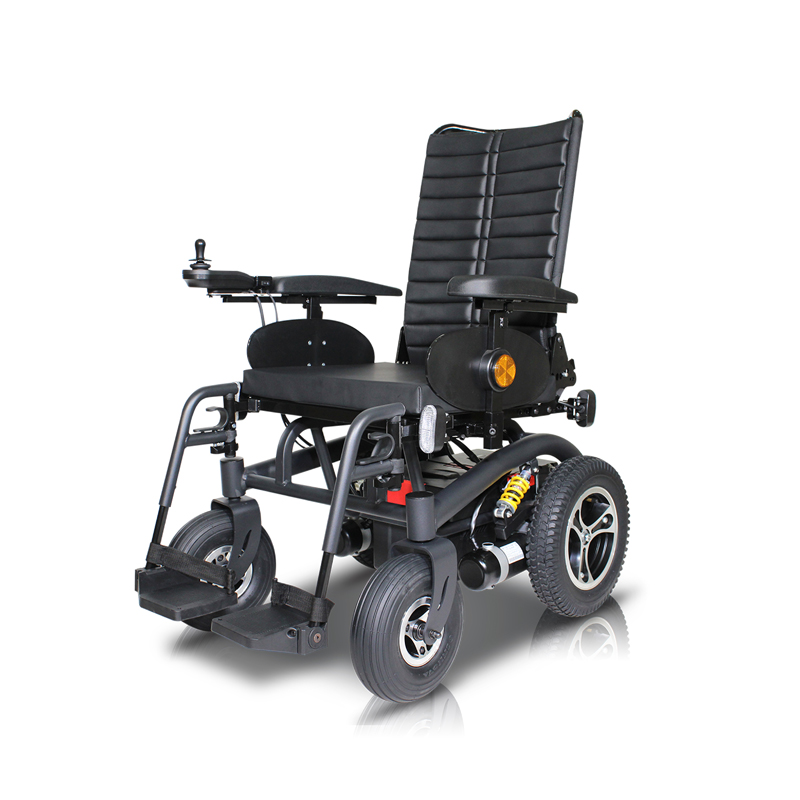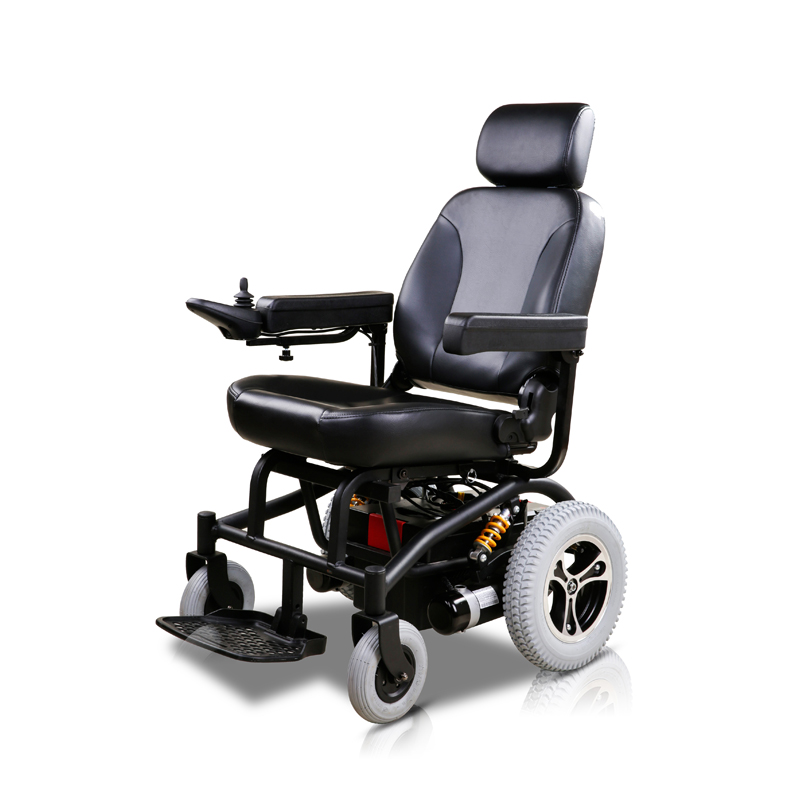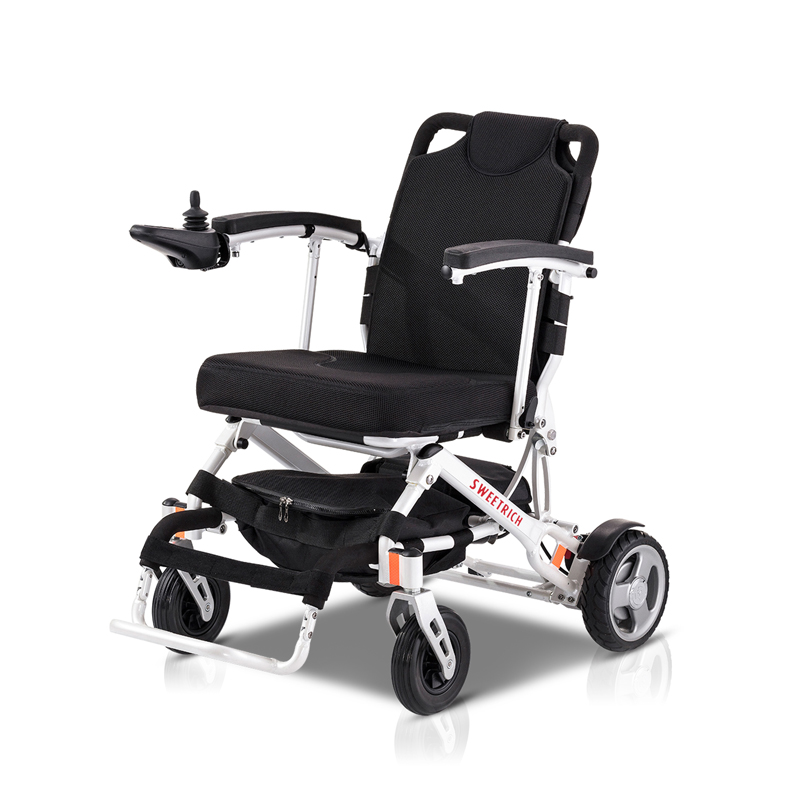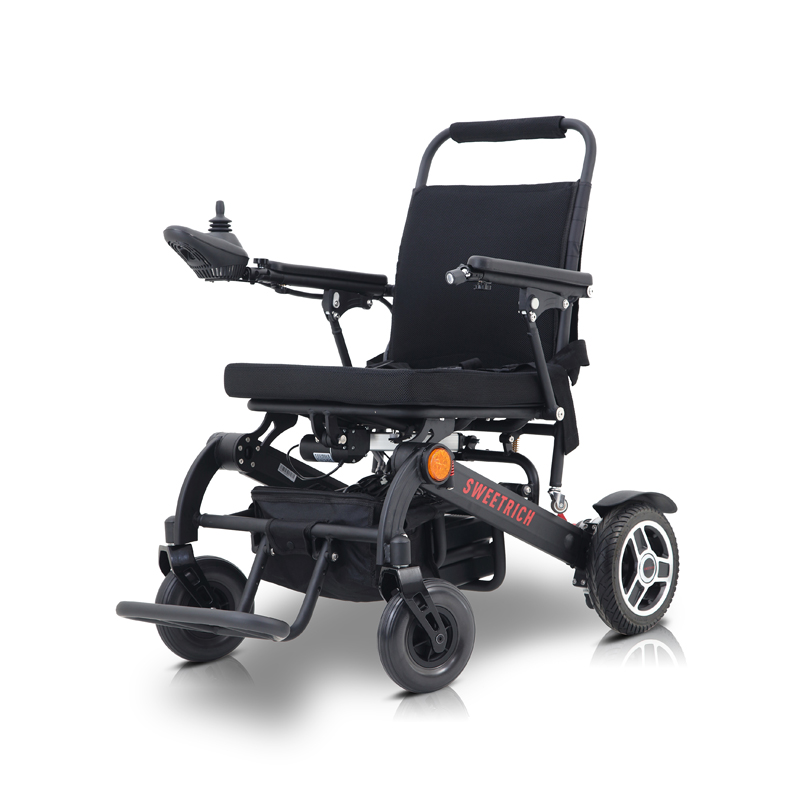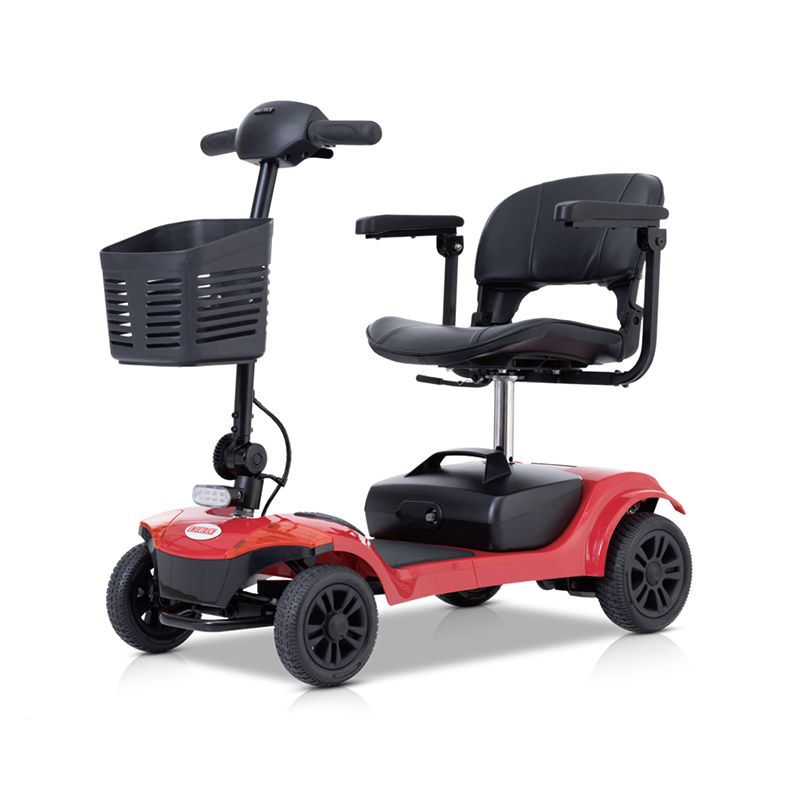Mobility shapes daily life in profound ways, and fields like healthcare, hospitality, and public services increasingly turn to inclusive design to serve wider audiences. Wholesale Wheelchair Manufacturer play a central part here, delivering consistent, high-quality mobility aids while helping organizations build and maintain practical accessibility programs.
The settings where wheelchairs prove useful have expanded considerably. Rehabilitation units, nursing homes, and retirement communities regularly need a range of devices to match residents’ changing abilities and frequent admissions. In such places, providing suitable mobility support goes beyond meeting rules—it directly affects comfort, independence, and overall care standards. Devices need to perform reliably, adjust easily, and remain simple for both residents and staff to handle.
Commercial spaces also recognize the value of readily available wheelchairs. Hotels that keep a few well-kept units on hand can better accommodate older guests, those recovering from surgery, or travelers with temporary limitations, to more positive experiences. Shopping malls, museums, airports, and entertainment venues similarly benefit from offering assistive options, enabling visitors to explore without unnecessary strain.
Local governments and community programs are incorporating wheelchairs into broader urban access efforts. Parks, pedestrian paths, transit hubs, and public events often include lightweight, sturdy models that employees can set up quickly. Designs that fold compactly fit small storage rooms, while durable builds withstand repeated outdoor use on pavement, grass, or gravel.
With growing expectations for inclusive environments, wheelchair design continues to emphasize everyday comfort and flexibility. Frames that adapt to different body sizes encourage proper seating posture. Folding mechanisms save space during transport or storage without weakening overall strength. Contoured seats, padded armrests, and clear controls help users move independently in crowded or confined areas.
| Feature | Description |
|---|---|
| Adjustable Frames | Adapt to different body sizes for proper seating posture |
| Folding Mechanisms | Save space for transport and storage while maintaining strength |
| Contoured Seats | Provide everyday comfort and support independent movement |
| Padded Armrests | Enhance comfort in crowded or confined areas |
| Clear Controls | Enable easy, independent operation |
Manual and electric models alike receive careful attention to rider comfort. Wheels that roll smoothly, frames that dampen vibrations, and grips that prevent slipping contribute to steady movement across indoor floors or outdoor surfaces. Options for varying seat widths, backrest heights, or footrest positions allow facilities to tailor equipment to individual needs. This flexibility extends service life and lets the same stock serve diverse situations.
Material decisions strongly influence long-term performance. Frames finished to resist rust handle cleaning products, humidity, or occasional rain without quick deterioration. Balanced weight distribution makes lifting and maneuvering easier for caregivers while preserving structural integrity.
Ease of upkeep remains a practical priority. Surfaces that wipe clean quickly and components that show little wear keep units ready between users. Removable wheels or adjustable parts simplify routine inspections and minor fixes.
Staff training complements reliable equipment. Short sessions on safe transfers, proper adjustments, and storage methods help teams maintain condition and confidence. Straightforward instructions ensure smooth handovers when personnel change.
When selecting a supplier, organizations consider several ongoing needs. Steady availability supports sites that stock multiple buildings or replace items promptly. Adaptable order sizes suit both small practices and large networks. Prompt assistance for questions or repairs minimizes interruptions.
These partnerships affect users in tangible ways. Comfortable, appropriately fitted wheelchairs encourage participation in meals, outings, therapy, or social events. Intuitive operation restores a sense of control over personal movement.
Facilities gain operational advantages as well. Longer-lasting equipment reduces frequent replacements, and versatile designs accommodate shifting resident or visitor profiles. Visible commitment to accessibility strengthens relationships with families, guests, and the wider community.
Wholesale suppliers connect engineering advances with real-world demands. By staying attuned to challenges in healthcare, travel, and public settings, they create products that fit actual workflows. Ongoing dialogue with buyers refines features to match storage constraints, usage intensity, or financial guidelines.
This collaborative mindset transforms mobility provision from a basic purchase into a strategic resource. Leaders view wheelchairs as integral tools that elevate service quality and user satisfaction. Continuous exchange between suppliers and clients drives steady enhancements in function, appearance, and comfort.
As populations age and inclusive expectations rise, dependable accessibility solutions will remain essential. Organizations equipped with versatile, well-supported mobility options can respond flexibly to future requirements.
Sweetrich concentrates on building lasting relationships that deliver thoughtful, practical mobility answers. Through robust construction, customizable elements, and dedicated guidance, Sweetrich enables institutions to offer equipment that promotes dignity, self-reliance, and smooth daily operations in varied environments.


